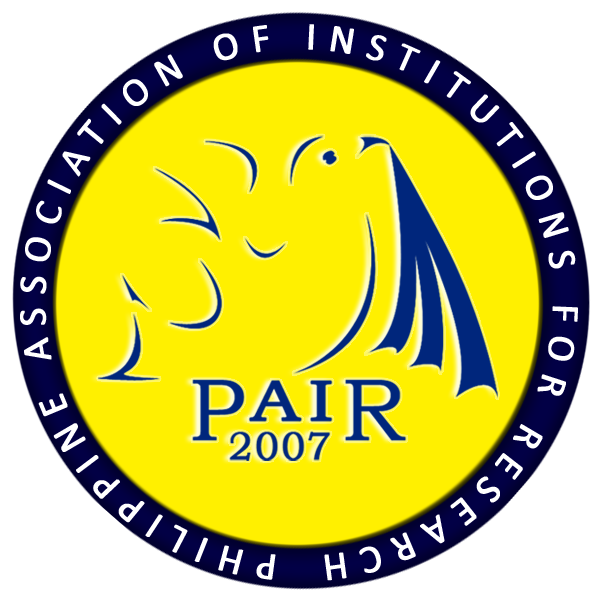Occupation of Household Heads as Correlate of Child Care Practices of Low-Income Households
DOI:
https://doi.org/10.7719/jpair.v19i1.311Keywords:
Social Science, child care practices, socio-economic status, descriptive-survey, Nueva Ecija, PhilippinesAbstract
Child care is considered as an integral part of society's health. This study was conducted to determine the child care practices of households with very low socio-economic status in Singalat, Palayan City, Nueva Ecija, Philippines. The researcher utilized the descriptive method of research coupled with questionnaire as a tool for data gathering. The respondents were chosen by means of purposive sampling technique and the data gathered were treated with frequency and percentage distribution, weighted mean and Pearson Product Moment Correlation. The results showed that the respondents were living in a mixed neighborhood; houses were built in light and cheap materials, poorly constructed, unpainted and dilapidated. The majority of the household heads were unskilled workers while some were employed as blue collar workers or engaged in manual labor that receives an hourly rate of pay, high school graduates with 0-1 or few facilities with monthly family income of P1,000.00 (23 USD) and below. The socio-economic classification of the respondents falls under E or "very low socio-economic classification" with a score of 7-14 based on MORES-SEC Classification of Households. Child care practices in terms of nutrition, hygiene, disease prevention and health restoration were "every often accomplished" by the respondents. The "occupation" of household heads plays a vital role in the delivery of child care among the family respondents. Occupation means income, while income would mean food, shelter, clothing, medicine or health and other basic necessities of a growing child.
Downloads
References
Andrews, H. A., & Roy, C. (1991). The Roy adaptation model: the definitive statement. Appleton & Lange.
Downloads
Published
Issue
Section
License
Copyright (c) 2015 Jean N. Guillasper

This work is licensed under a Creative Commons Attribution-NonCommercial 4.0 International License.
Open Access. This article published by JPAIR Multidisciplinary Research is licensed under a Creative Commons Attribution-Noncommercial 4.0 International (CC BY-NC 4.0). You are free to share (copy and redistribute the material in any medium or format) and adapt (remix, transform, and build upon the material). Under the following terms, you must give appropriate credit, provide a link to the license, and indicate if changes were made. You may do so in any reasonable manner, but not in any way that suggests the licensor endorses you or your use. You may not use the material for commercial purposes.




















